GEAB 193
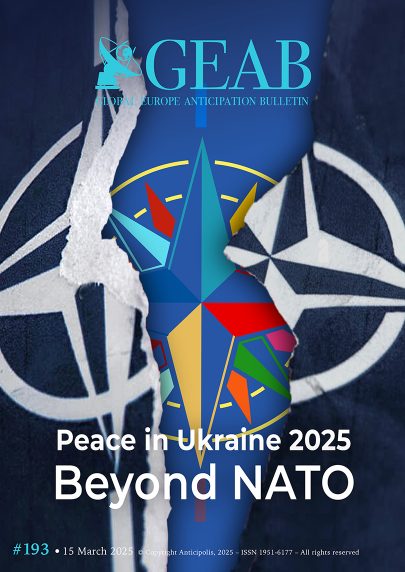
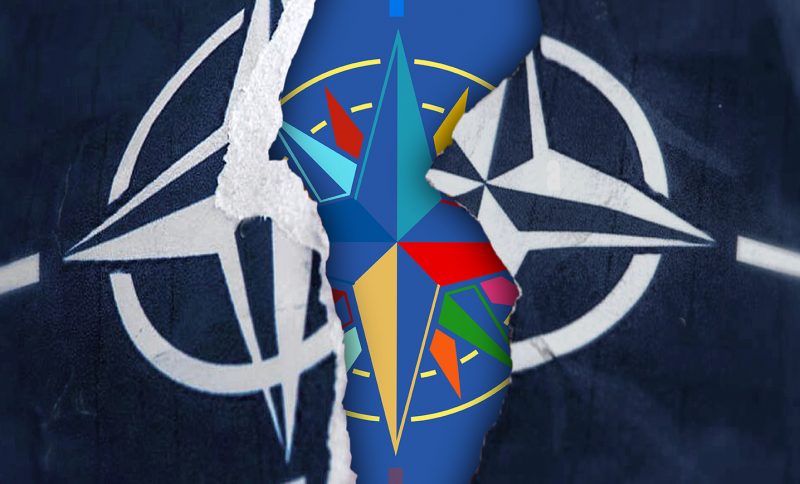
History has shown that even the most devastating wars sometimes lead to defining moments—when great treaties are signed, altering the course of the world. These agreements remain in history books not just for their impact, but for their ability to carve a path forward from a seemingly deadlocked future: Westphalia, Versailles, Yalta… and soon, perhaps, Riyadh.
Nineteen years ago, the GEAB took on the challenge of anticipating the key stages of a historic transition—from a Western-centric world to a multipolar one. This slow evolution bridges two radically different systems, not merely shifting global hegemony (which would maintain a unipolar structure) but redefining the very paradigm of governance. Rather than replacing one dominant power with another, this transformation envisions the creation of a multipolar system—one that digital technologies may finally render possible.
This approach to interpreting the events shaping contemporary history has proven effective, helping to reduce uncertainty for our readers. It also enables us to take a more measured perspective on the unfolding of history. Therefore, in times of turbulance and uncertainty like today, the GEAB serves as a lighthouse – steadfast amidst the waves of emotion that often overwhelm public opinion and amplify crises. In such stormy conditions, we stay the course, focused on our strategic objectives, adjusting our trajectory only when necessary while remaining committed to clear and objective analysis.
In line with our previous analyses and forecasts, we still believe that Trump, despite his strange style and questionable positions, can put an end to the “first war of the multipolar world”, the Russo-Ukrainian war (which is how we anticipated it and still analyse it).
He is trying to make peace but, for the moment, the Western world is crying fascism… without proposing anything other than the continuation of the war until Russia gives in. Anti-Americans, anti-Russians and pro-Europeans are all outraged for totally different reasons, contributing to a perfect cacophony of violent emotions fuelled by at least 3 years of inadequate information on the subject. The anger has spread to the United States where, in the name of human rights, a section of American public opinion is rallying behind the anti-peace European views now embodied by French Senator Claude Malhuret[1].
If the equation for change holds true, what is missing for public opinion to favour peace once again over war is vision. It’s not that our leaders lack vision, but rather that they fail to communicate it effectively, to inspire confidence in their ability to execute it and to ignite the imagination of the people… and drive progress.

Figure 1 – The Beckhard-Harris change equation. Source: Bruce Willians
If there is one thing the GEAB does, it’s projecting the futures that seem to emerge when we consider and carefully observe the statements, decisions and actions of the century’s most influential players. This assumes that they are all working to solve problems and shape the future, as far as possible and without causing collateral damage[2].
To provide a vision, we therefore need to start from the peace in Ukraine, which we have decided to call the Riyadh Treaty, even if it is not yet certain, place it in the general context of global systemic transition, rationally imagine what its content will be and project the domino effect of the geopolitical reconfiguration that it will bring about.
In this issue, we set out our vision of the post-peace West in Ukraine, accompanied by a stylistic exercise in the form of an imaginary conversation between two theorists, Brzezinski (US hegemonism) and Dugin (civilisational multipolarism).
But the GEAB does not intend to limit itself to interpreting the facts surrounding Ukraine. We must also turn to the future to contribute, as we hope, to the emergence of a European vision for the future of the old continent in a world that is better understood. This is why we are launching the Terra Cognita 2089 section, with a focus on a country that is firmly looking ahead, Saudi Arabia. So many changes are creating huge uncertainty in the markets, particularly with the return to reality in the tech sector. That’s why our recommendations include ‘smart money’ strategies.
In any case, fasten your seatbelts, because what we see coming will happen very quickly… or not at all.
____________________
[2] Source: We believe it is essential to make this leap of faith if we are to begin to understand and hope again.

We anticipate that, in a few weeks' time (sooner than we might think), a peace agreement will be signed between Russia and Ukraine, under American guidance, known as the Treaty [...]
This fiction, edited by Christopher H. Cordey assisted by AI, depicts an imaginary conversation between theorists of two worldviews clashing in the Russian-Ukrainian conflict: American hegemonism on the one hand [...]
Public International Law (PIL) is on the brink of a forced revolution. This revolution, of which Trump will be the catalyst, is based on the inadequacies of the current system. [...]
In a world where the future is unfolding at breakneck speed, the GEAB is inaugurating a new section, Terra Cognita 2089, to refine its short- and medium-term forecasts and continue [...]
Water... let there be soil! In 2019, Saudi Arabia's proven oil reserves were estimated at 263.1 billion barrels. At the rate of production at the time, this was equivalent to [...]
The return to reality of our systems, analysed and anticipated by the GEAB for several years now, is now preparing to conquer the innovation sector. With artificial intelligence occupying everyone's [...]
Market Uncertainty - how smart money survives and thrives 2025 is shaping up to be a year of economic turbulence, with volatility defining global markets. Growth is sluggish, inflation is [...]
Nearly a hundred of you once again chose to respond to the February questionnaire. What stands out is that the question required nuance, as only a third of you identified [...]

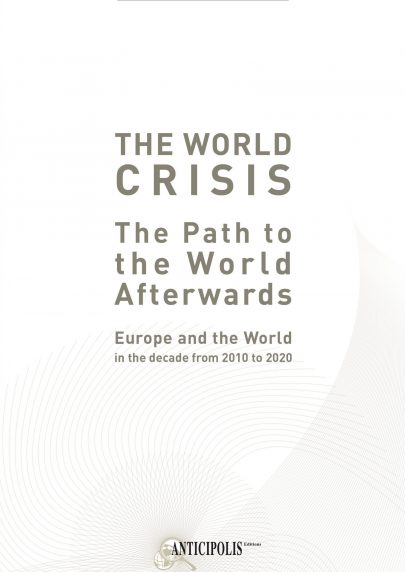
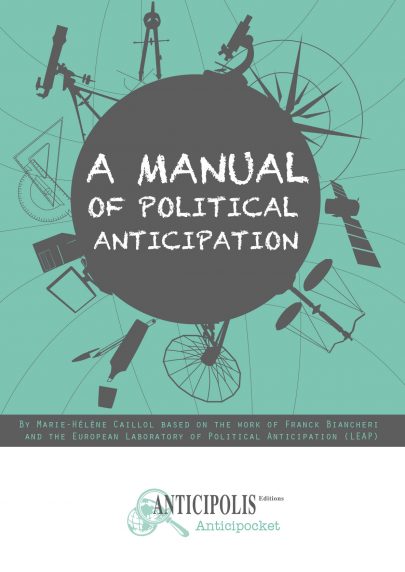
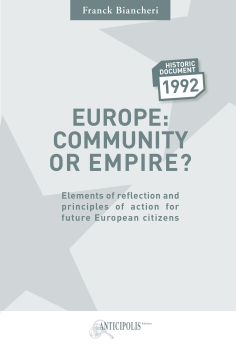
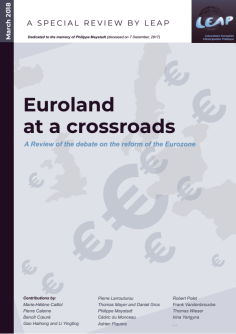


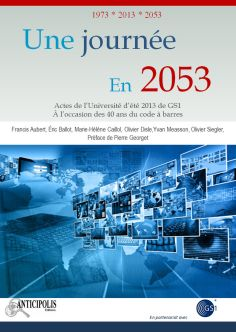
Comments